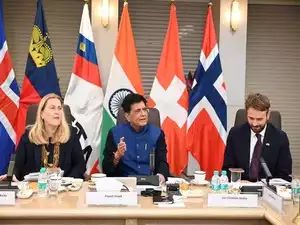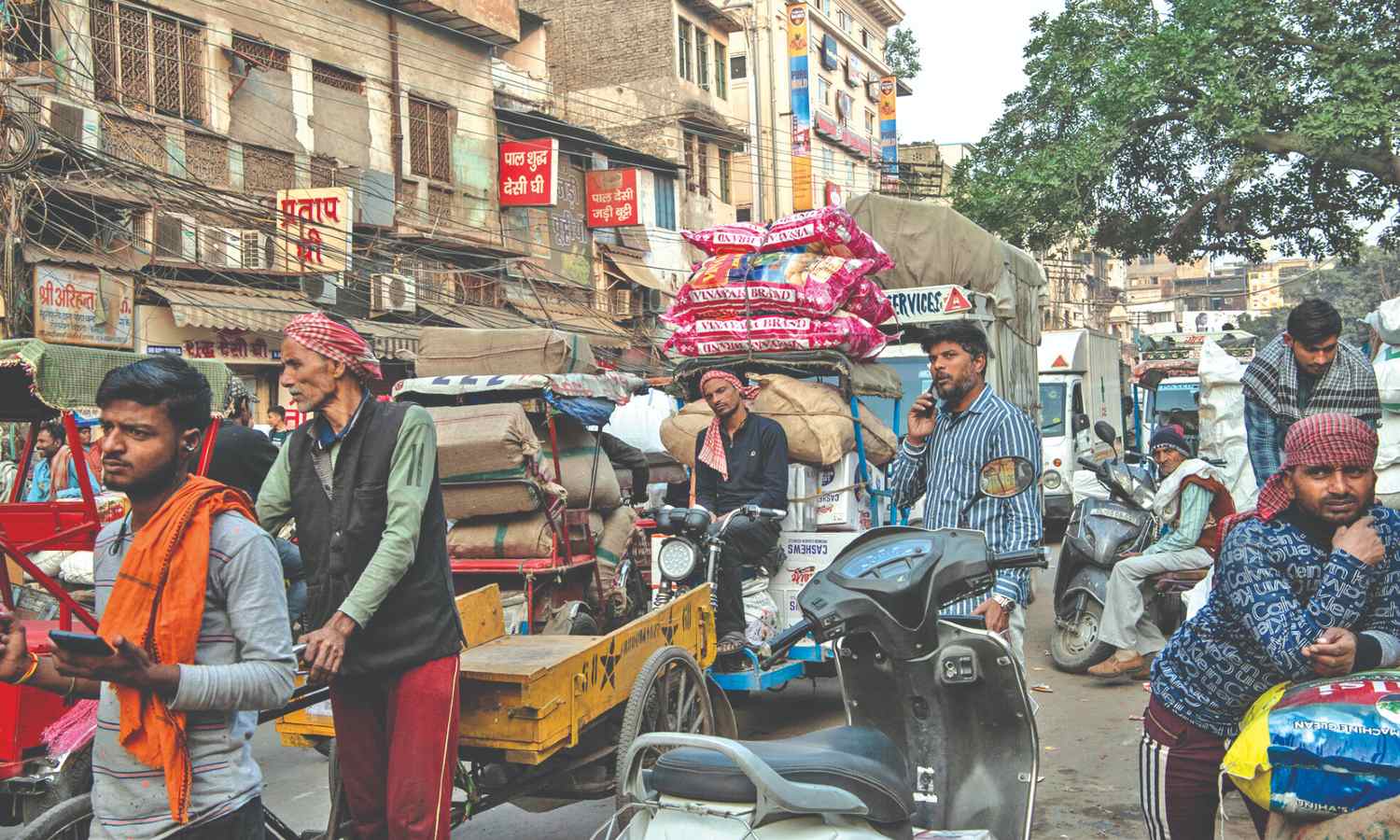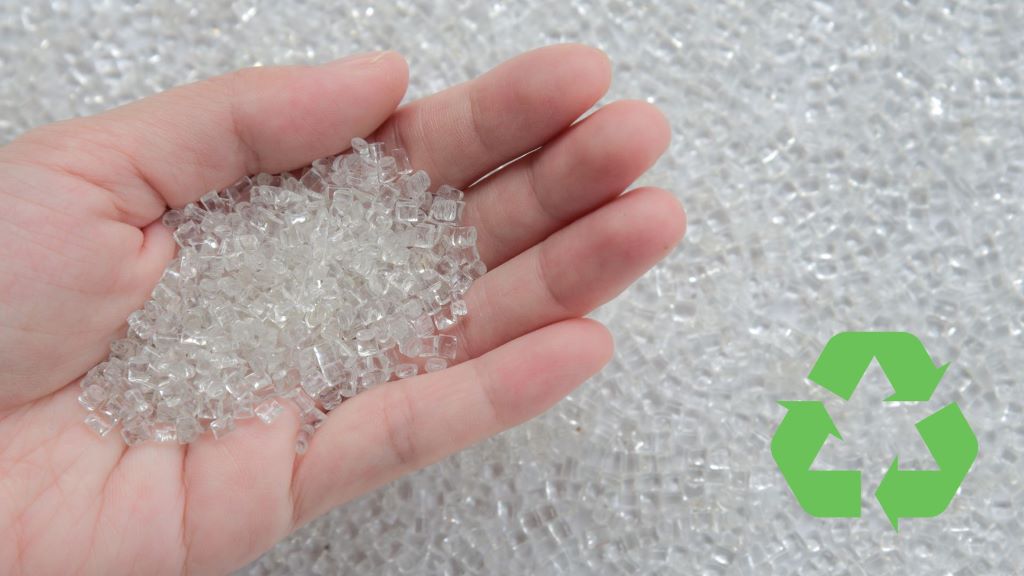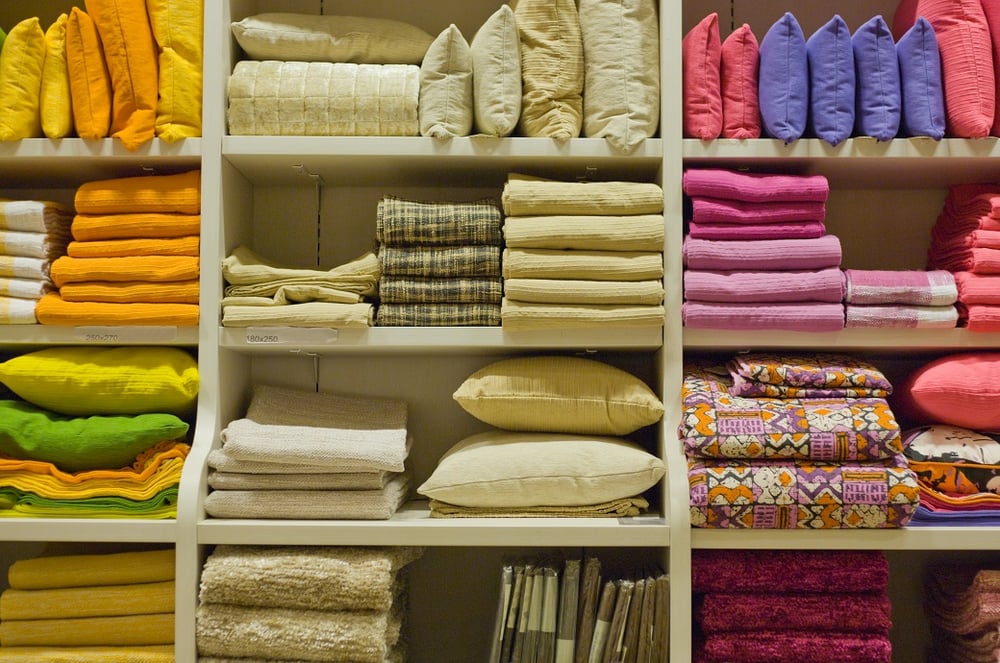
A free trade agreement (FTA) signed between India and the European Free Trade Association (EFTA) on Sunday promises a significant shake-up in the textiles, apparel, and fashion trade landscape. While the deal boasts job creation and economic benefits, its impact on these specific sectors remains to be seen.
Potential boost for Indian exports
Indian exporters, particularly those specializing in cost-competitive garments, stand to gain from the pact. The removal or reduction of tariffs on textiles and apparel entering EFTA countries could lead to a surge in exports. According to a study by the Centre for Monitoring Indian Economy (CMIE), India's textile and apparel exports to the EFTA region currently stand at around $5 billion annually. The FTA has the potential to push this figure significantly higher.
Increased competition for Indian manufacturers
However, the FTA is a double-edged sword. Easier access to the Indian market for European apparel brands could pose a threat to domestic manufacturers. Established European fashion houses, known for their quality and brand recognition, may find a receptive audience among India's growing middle class. This could lead to increased competition for Indian companies in their home market.
The reasons for India's hesitation in the past
India has been cautious about entering FTAs in the past, fearing negative consequences for domestic industries. The reasons for this apprehension included competition from Established brands, as they are known for their quality and brand recognition, which could threaten Indian manufacturers in their home market and job losses; the increased competition could lead to job losses in the Indian textile and apparel sector, particularly for low-skilled workers.
Historical Case Study: The rise of fast fashion
Similar concerns were raised when India liberalized its textile trade in the early 2000s. While the move did boost overall exports, it also opened the door for cheaper garments from countries like Bangladesh and Vietnam. This led to the rise of fast fashion brands in India, which cater to price-conscious consumers but may not prioritize ethical labor practices or environmental sustainability.
Potential impact of EFTA agreement on the key sectors
|
Sector |
Potential Impact |
|
Indian Apparel Exports |
Increase |
|
Competition for Indian Manufacturers |
Increase |
|
Foreign Investment in Indian Textiles |
Potential Increase |
|
Job Creation |
Potential Increase (long-term) |
EFTA and trade with India
The EFTA is a four-member trading bloc comprising Switzerland, Norway, Iceland, and Liechtenstein. These countries are not members of the European Union and have their own independent trade agreements. As per the data from the Ministry of Commerce & Industry, India, here's a breakdown of their current trade with India. Total EFTA-India Trade, the two-way trade between India and EFTA stood at approximately $18.65 billion in 2022-23, down from $27.23 billion in the previous year. Sector-wise, India is a major exporter of textiles and apparel globally, and EFTA countries likely import a portion of these goods. And for fibres and yarns, EFTA countries may also import raw materials like cotton and synthetic fibers for their own textile industries.
EFTA countries trade with India, individually
Switzerland: India's largest trading partner within EFTA.
o Exports to India: $15.79 billion (mainly machinery, gold, pharmaceuticals)
o Imports from India: $1.34 billion (mainly chemicals, gems & jewellery)
Norway:
o Exports to India: $2.3 billion (mainly seafood, mineral fuels)
o Imports from India: $1.2 billion (mainly textiles, apparel, machinery)
Iceland:
o Exports to India: $30 million (mainly fish & fishery products)
o Imports from India: $10 million (mainly pharmaceuticals, chemicals)
Liechtenstein:
o Exports to India: Negligible
o Imports from India: Negligible
A Balanced Approach Needed:
The success of the FTA for India's textiles and fashion industry will hinge on a balanced approach. The government can play a role by investing in skill development for workers, promoting design innovation, and ensuring adherence to stricter labor and environmental regulations. This will allow Indian manufacturers to compete effectively with European brands while maintaining ethical and sustainable practices.
Future Outlook and potential impact of the agreement
The impact of the FTA will likely unfold in multiple stages could be in short-to-mid term, Indian apparel exporters focusing on cost-competitive garments may see a rise in exports. However, domestic manufacturers could face increased competition from European brands. Whereas, in the long term the success of the FTA hinges on India's ability to enhance its design abilities and also to upskill its workforce to compete in the evolving market.
India-EFTA FTA presents a mixed bag for the textiles and fashion sector. The FTA has the potential to significantly impact the textiles, apparel, and fashion trade. While Indian exporters have a chance to expand their reach, domestic manufacturers need to prepare for heightened competition. A focus on innovation, quality, and sustainability will be key for Indian companies to thrive in the new trade environment.












